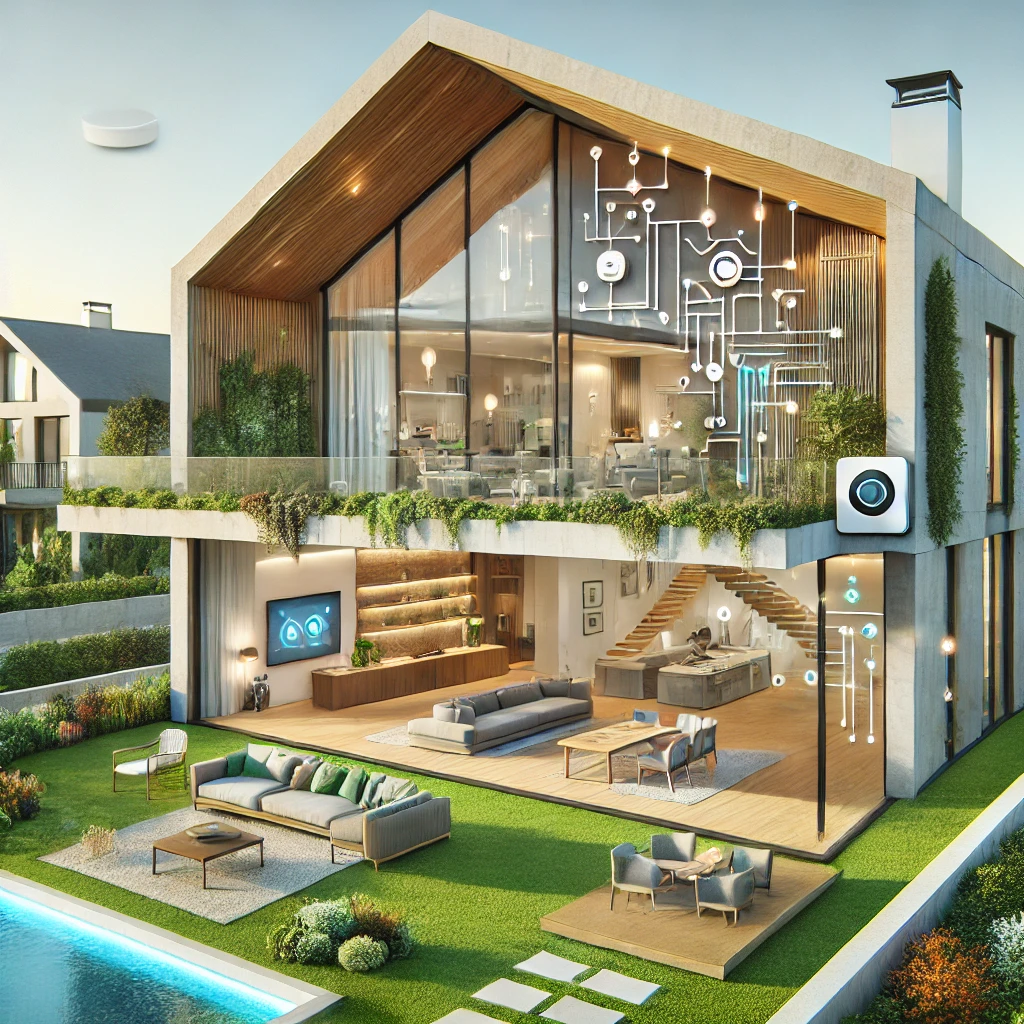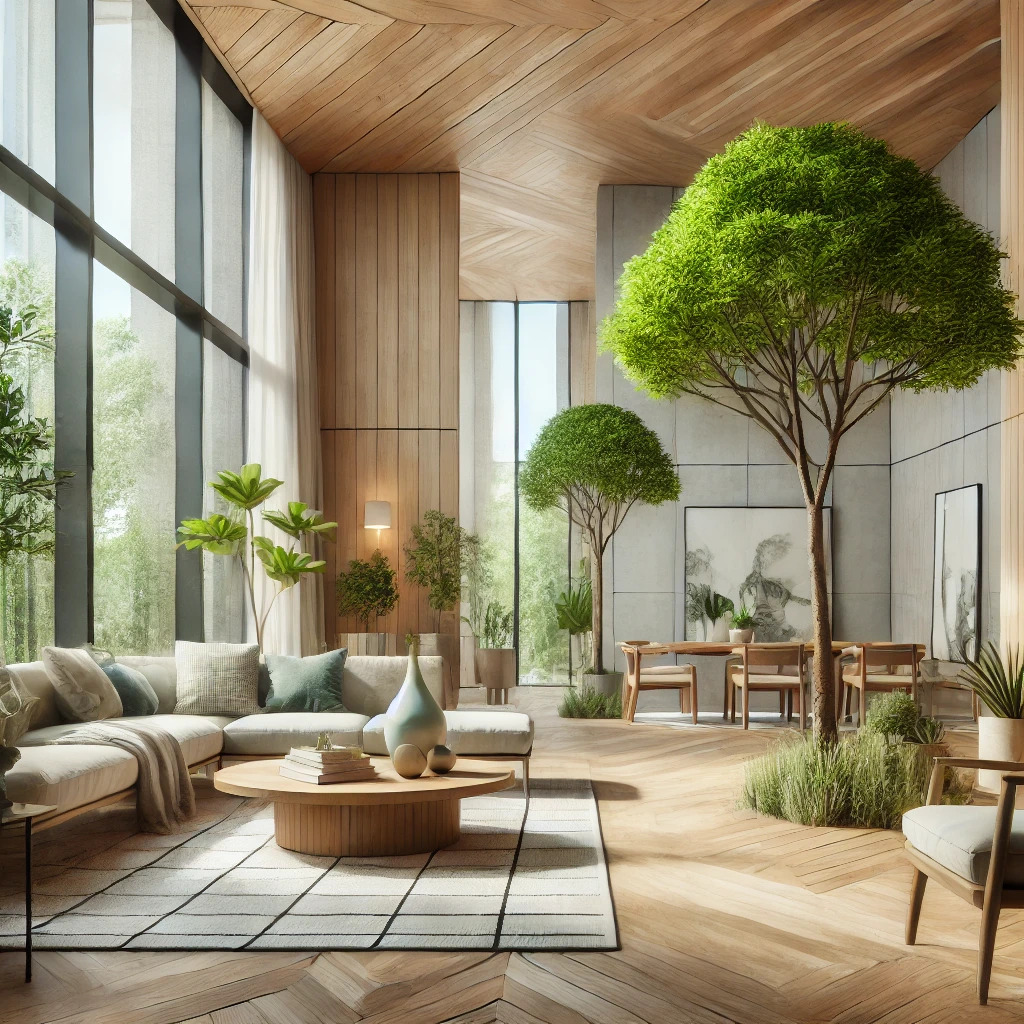1. The allure of natural materials: why are they central to rural design?
Natural materials play a central role in rustic interior design, creating a warm and inviting atmosphere that connects us to nature. They bring a sense of authenticity and timelessness to the space, making it feel grounded and harmonious.
First, the use of natural materials such as wood, stone and clay adds a sense of charm and rustic character to any interior. These materials have a raw and organic quality that cannot be duplicated by synthetic alternatives. The natural imperfections and variations in texture and color give each item a unique and handmade feel, and add depth and personality to the space.
Second, natural materials are known for their durability and longevity. Unlike mass-produced furniture made of synthetic materials, rustic furniture made of solid wood or stone can stand the test of time. This not only reduces waste but also contributes to a more sustainable and environmentally friendly approach to interior design.
Finally, natural materials have a soothing and calming effect on our senses. The warm tones and textures of the wood, for example, create a pleasant and comforting atmosphere in the room. They evoke a sense of nostalgia and connection to the natural world, and make us feel more grounded and relaxed. This is especially important in today’s fast-paced, technology-driven world, where we often long for a sense of retreat and peace.
A photo showing a living room full of natural elements such as wooden furniture, stone walls and a warming rug.
For a consultation call at no cost and without obligation call now or leave details in the box
2. “Rustic furniture: a journey back to simplicity”
Country furniture is not just a piece of decor; This is a journey back to simplicity and a celebration of artistry. It embodies the essence of rustic interior design by combining functionality with raw and natural aesthetics.
One of the distinct characteristics of rustic furniture is its simplicity in design. It often features clean lines and minimal embellishment, allowing the natural beauty of the materials to take center stage. Whether it’s a solid wood dining table, a hand-carved chair or a coffee table turned barn door, rustic furniture brings a sense of authenticity and character to any space.
Furthermore, rustic furniture is often handmade or handcrafted using traditional woodworking techniques. This attention to detail and craftsmanship adds a personal touch, and makes each piece unique and special. This is a stark contrast to the mass-produced furniture that dominates the market, where individuality is often sacrificed for efficiency and economy.
Another aspect that distinguishes rustic furniture is the use of natural materials. Wood is the main material used in rustic furniture, with its warm tones and natural grain patterns adding warmth and texture to the space. Other materials such as leather, stone and metal may also be incorporated, further enhancing the rustic aesthetic.
Finally, rustic furniture is built to be durable and functional. It is designed to stand the test of time and everyday use, making it a practical choice for those looking for longevity in their furniture. From sturdy farmhouse tables to sturdy leather armchairs, country furniture is made to be lived in and enjoyed.
3. The power of the earthly color palette: how does it affect the mood?
One of the key elements of rustic interior design is the use of an earthy color palette. These natural shades are inspired by the colors found in nature, such as warm browns, soft greens and dull grays. The choice of colors in the space can have a significant effect on the mood and atmosphere, and the earthy color palette in a rustic design creates a feeling of warmth, harmony and peace.
- warmth and coziness:
The earthy color palette creates a warm and inviting atmosphere in the space. The use of warm brown colors and rich earth tones, reminiscent of autumn leaves and rural landscapes, evokes a feeling of comfort and pleasantness. These colors have a calming effect, making the room feel like an escape from the outside world. - Connection to nature:
By incorporating earth colors into interior design, a space can create a strong connection to the natural world. The soft greens and muted grays mimic the colors found in forests, mountains and rock formations, bringing a sense of nature indoors. This connection to nature can have a calming effect on the mind and body, promoting relaxation and well-being. - Versatility and eternity:
The beauty of an earthy color palette is its versatility and timelessness. These colors can easily complement a variety of design styles, from rustic to modern, making them a popular choice for interior designers. In addition, earth colors have a timeless quality that transcends trends, ensuring that the space will remain aesthetically pleasing for years.
For a consultation call at no cost and without obligation call now or leave details in the box
4. Architecture: how can it complement the rural interior design?
Architecture plays a crucial role in complementing rustic interior design. The design and structure of a building can enhance the rural aesthetic and create a harmonious flow between the interior and exterior spaces.
One of the ways architecture can complement rustic interior design is through the use of natural materials. Incorporating elements such as exposed wooden beams, stone walls or reclaimed materials in the architectural design can blend seamlessly with the rustic interior. These natural materials not only add texture and visual interest but also strengthen the connection to nature inherent in rustic design.
Another important aspect is the layout of the space. Country interior design often focuses on creating an open and airy feeling, mimicking the expansive natural surroundings. Architecture can contribute to this by incorporating large windows that allow natural light to flood the space and provide amazing views of the outdoors. The use of open floor plans can also create a feeling of spaciousness and allow a smooth transition between different areas of the home.
Furthermore, the architectural details can add character to the rustic interior. Elements such as arches, vaulted ceilings or exposed bricks can contribute to the overall charm and authenticity of the design. These architectural features can create focal points within the space and add a sense of history and art.
In a world increasingly saturated with technology and synthetic materials, rustic interior design serves as a breath of fresh air. It brings us closer to nature, creates peace in our homes and above all, it creates a warm and inviting space. So, dare to embrace the rustic charm, incorporate it into your home and let your interior design studio bring your vision to life. After all, isn’t it about time your home felt as relaxed and authentic as you?





